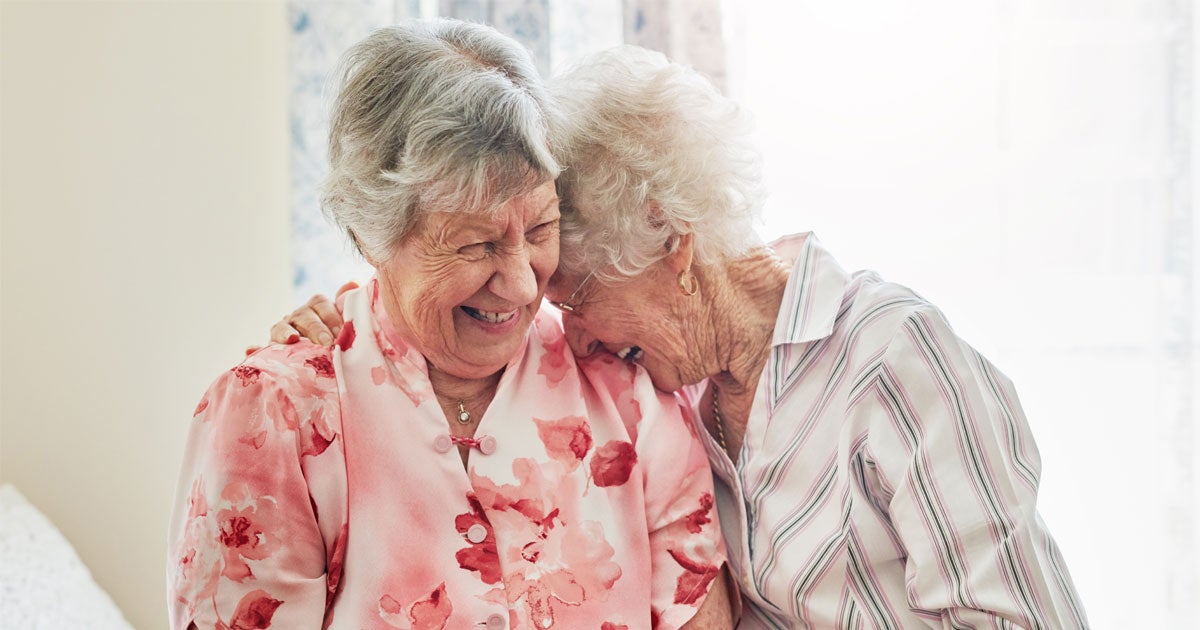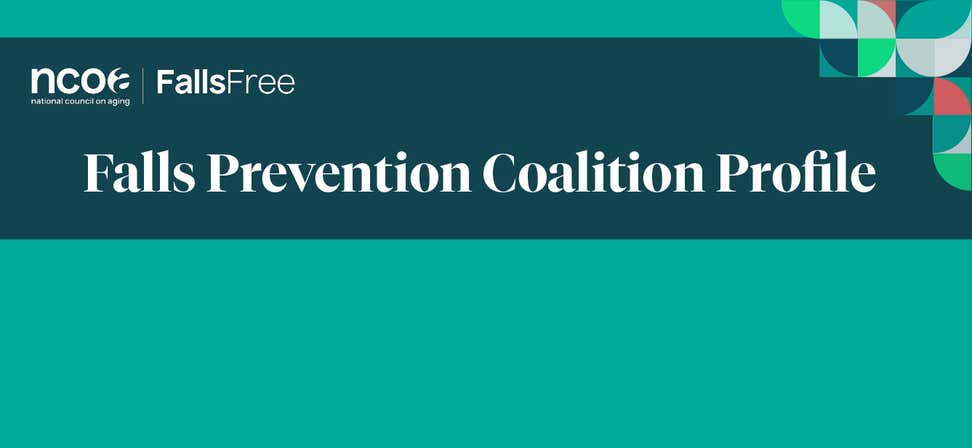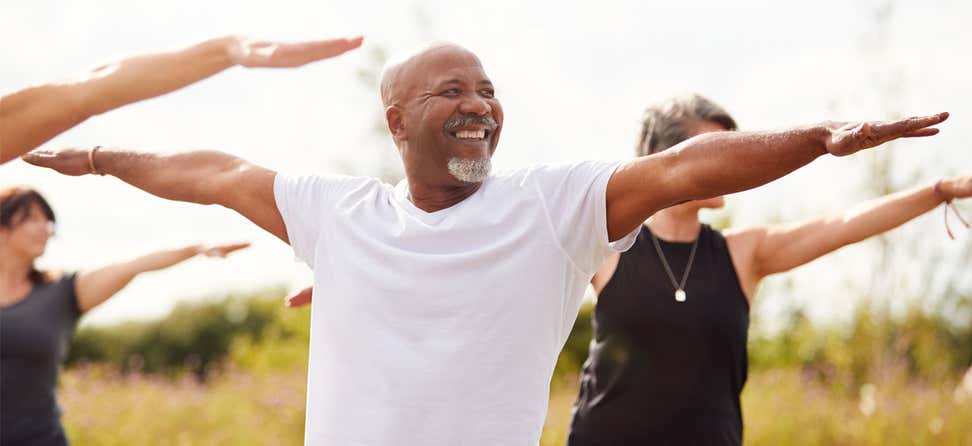In many states and communities, significant progress had been made in increasing fall prevention awareness and creating multidisciplinary networks. However, to achieve systems change and long-term sustainability, implementing policy change is necessary. Fall prevention policies differ across states, given available resources, the political climate, perceived importance of the issue, and stakeholder interest in and passion for older adult falls prevention.
If your state or community is interested in forming a falls prevention coalition, be sure to review A Practical Guide to State Coalition Building. Also feel free to contact the National Falls Prevention Resource Center (fallsfree@ncoa.org) for technical assistance, or one of your state coalition leads.








